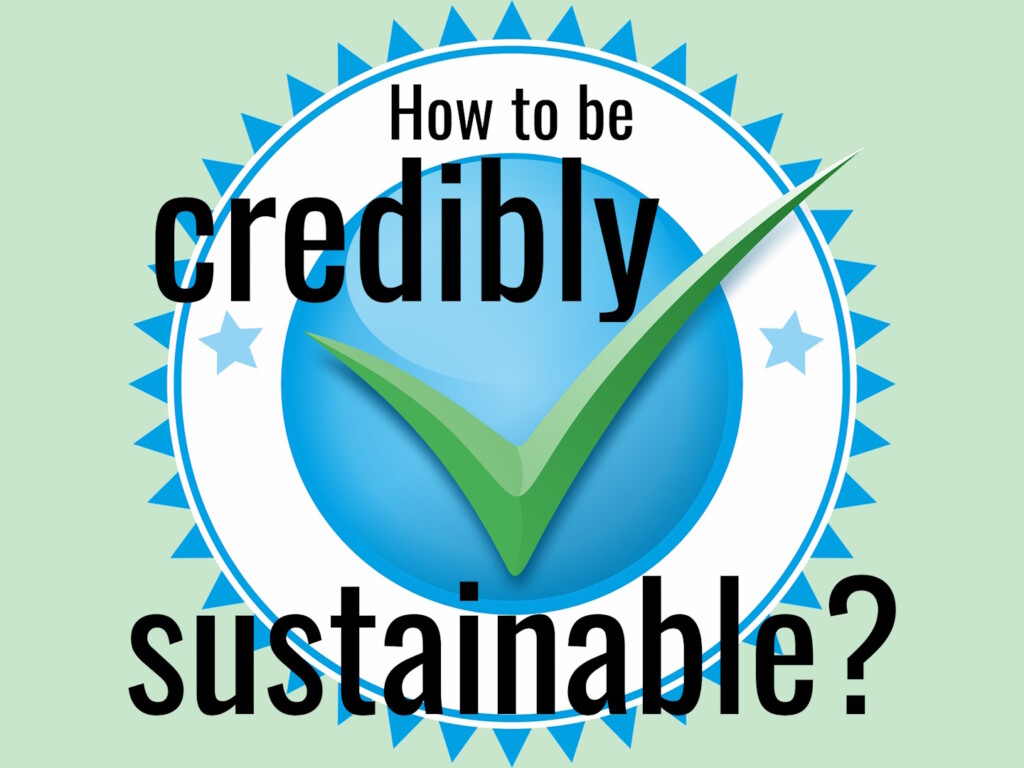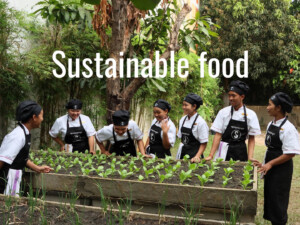Considering sustainable tourism certification? What to do first and what to look for

Sometimes the first step is the hardest. This applies as much to the daunting task of obtaining sustainable tourism certification as anything else; especially for micro and small businesses that cannot afford to throw resources at a new department or employee to manage it.
Kevin Phun offers his advice in this “Good Tourism” Insight. [You too can share a “GT” Insight.]
Do you need sustainable tourism certification?
Sustainable tourism certification is accelerating among travel & tourism businesses here in Asia. And, as supply chain partners and prospective customers globally seek out credibly-certified travel & tourism partners and products, it is important not to be left behind.
Sustainability certification refers to the process by which organisations subject themselves to often rigorous audits of their operations using predefined criteria which are recognised by industry peers and, in some cases, governments.
The criteria often cover a range of areas from social responsibility to environmental impacts, waste management, ethical practices, et cetera. Think ESG (environmental, social, and governance) issues.
Partly driven by the increasingly common requirement for sustainability and ESG components in RFPs (requests for proposal), many tourism businesses are finding themselves in an interesting position.
While some founders may feel that they already run the most sustainable tourism or hospitality business they know — and since long before it was fashionable to do so — it will be easier for them to convince decision makers if they can point to a certificate.
The questions that therefore follow include: How can I get certified? How do I get started on sustainable tourism certification? And which sustainable tourism certification is most suitable for my organisation?
Related “GT” Partner news: For a sustainable Singapore, Green Destinations’ regional lead picks CRTS
Assemble a sustainable tourism certification team
First, assemble a sustainability team. It does not have to be big; two or three can be a good start, representing different parts of the organisation.
And appoint a team leader. This does not have to be the big boss; even if the big boss is you! The lead will ideally have some formal education or work experience in sustainability. If not, the lead could be someone who is familiar with sustainable practices and sustainability trends, or at least has an active interest in sustainable tourism.
Related “GT” Insight by Kevin Phun: Why sustainability certification is a process or journey, not a destination
Sort through the sustainable tourism certification options …
The team leader should recognise that out of the many sustainable tourism certification labels out there, not all of them will be suitable. Remember, what is good may not be best. And some may not be very good at all.
Sorting through the options is important. What to look out for:
Relevance
Download a few sample sustainability standards from various sustainable tourism certification brands most relevant to your sector and/or location. There are quite a few out there.
Look at what is covered in the criteria and discuss as a sustainability team how far the company’s operations are from the criteria.
Recognition
Obviously you will want to choose a sustainable tourism certification label that is recognised by the industry and/or prospective customers in the places you operate and sell.
Get your supply chain partners involved. Talk to your suppliers and customers if you can. This is going to take some time, perhaps weeks, but it is essential.
And if your government offers grant funding, you will want to choose a label that it recognises. Find out. Talk to an appropriate official.
Support
If the sustainable tourism certification standards are very high, you will want to choose a label that can support you technically; a brand with a regional if not local presence that can help you through the process with advice and technical assistance.
Network
Ideally, the company behind your sustainable tourism certification will organise ongoing activities and events locally and regionally to help build your network of like-minded people — including prospective suppliers and customers — as well as boost your capacity to strive for even higher standards. Your business will benefit from that.
… before you commit
DO NOT commit to any sustainable tourism certification process before you have looked at a few standards and their criteria and assessed them for their suitability, credibility, and ability to support you during and after the process. This mistake could cost you a lot of time and money, and leave your staff feeling disillusioned.
Once you have chosen your team and which path to take, your sustainable tourism certification journey can begin.
What do you think?
Share your own thoughts about the whys and whats and hows of sustainable tourism certification in a comment below.
(SIGN IN or REGISTER first. After signing in you will need to refresh this page to see the comments section.)
Or write a “GT” Insight or “GT” Insight Bite of your own. The “Good Tourism” Blog welcomes diversity of opinion and perspective about travel & tourism, because travel & tourism is everyone’s business.
“GT” doesn’t judge. “GT” publishes. “GT” is where free thought travels.
If you think the tourism media landscape is better with “GT” in it, then please …
About the author

Kevin Phun is a specialist in responsible tourism who combines tourism and sustainable development knowledge and expertise. He is the founder of the Centre for Responsible Tourism Singapore (CRTS).
Kevin knows a thing or two about sustainable tourism certification. CRTS is Green Destinations’ official country representative in Singapore for their Good Travel Program.
Featured image (top of post)
Considering sustainable tourism certification? What to do first and what to look for. Made with an image by Christophe (CC0) via Pixabay.





